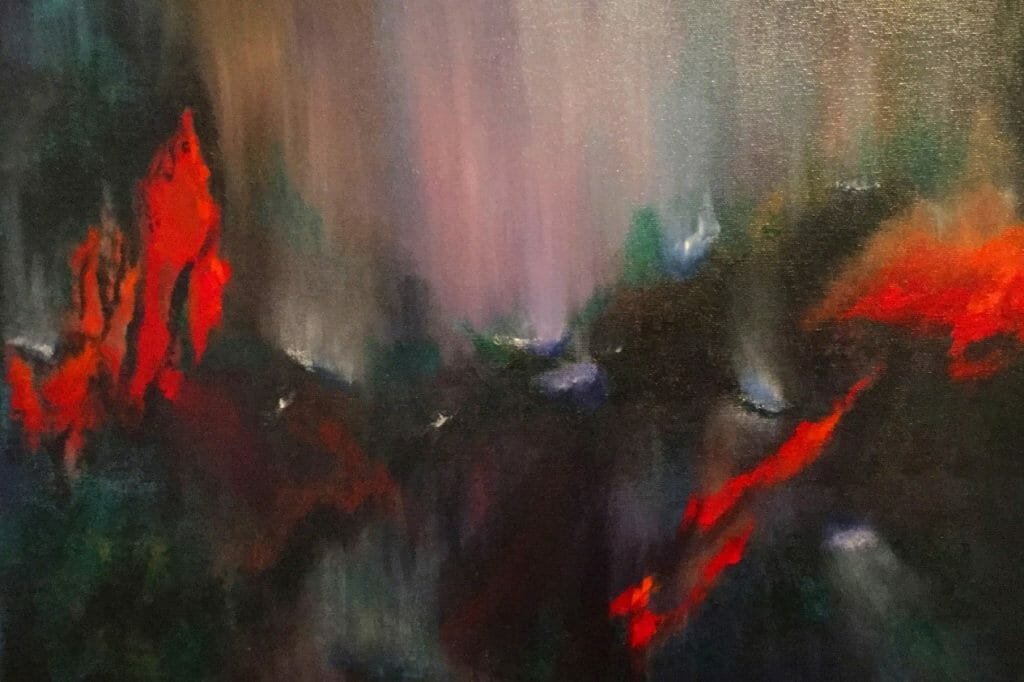This art has been purchased by members and friends of New Journey Lutheran and has been installed on the walls of our worship area. The art corresponds to the seven petitions of the Lord's prayer, the Aramaic translation of the Lord's Prayer. The source for this translation draws on the Syriac Aramaic manuscript of the Gospels which date from the 2nd century A.D.Why is the Aramaic translation of the Lord’s Prayer of interest to us? First of all, Aramaic was Jesus’ language. By engaging the Aramaic translation of the Lord’s Prayer, we capture some of the richness of thought and language of that time in the Middle East. Studying and praying this translation of the prayer takes what is familiar and makes it unfamiliar, inviting us to come into this prayer with curiosity and with new attention
Liturgical Art by Jill Lawrence
-

The First Petition
-

The Second Petition
-

The Third Petition
-

The Fourth Petition
-

The Fifth Petition
-

The Sixth Petition
-

The Seventh Petition
-

Jill Pine Art
“As an artist I am intrigued by how words and images fit together. Hearing and seeing a familiar memorized prayer, in a language foreign to my eyes and ears, opened a journey of discovery for me. Creating visual representations of the seven petitions of the Lord’s Prayer, referencing an Aramaic translation by Neil Douglas-Klotz, began in this way.
I wrote the prayer on a large chalkboard in my studio. The Aramaic translation was written first, then a more familiar English version. The Lord’s Prayer is loved, prayed, and honored by people throughout the world. The process of imaging the petitions, inspired by the Aramaic translation, transformed a memorized English version, into a dynamic living prayer.”
